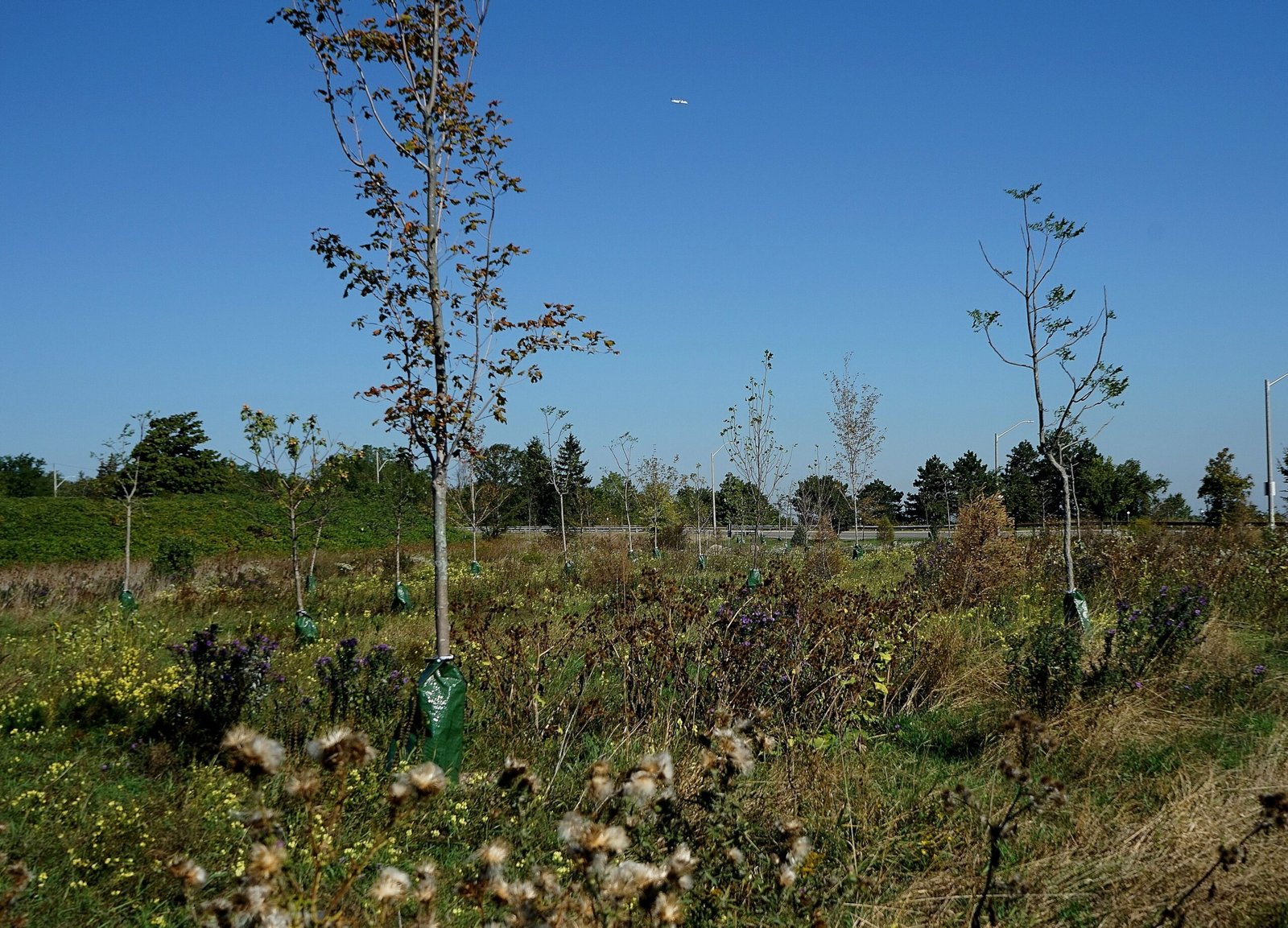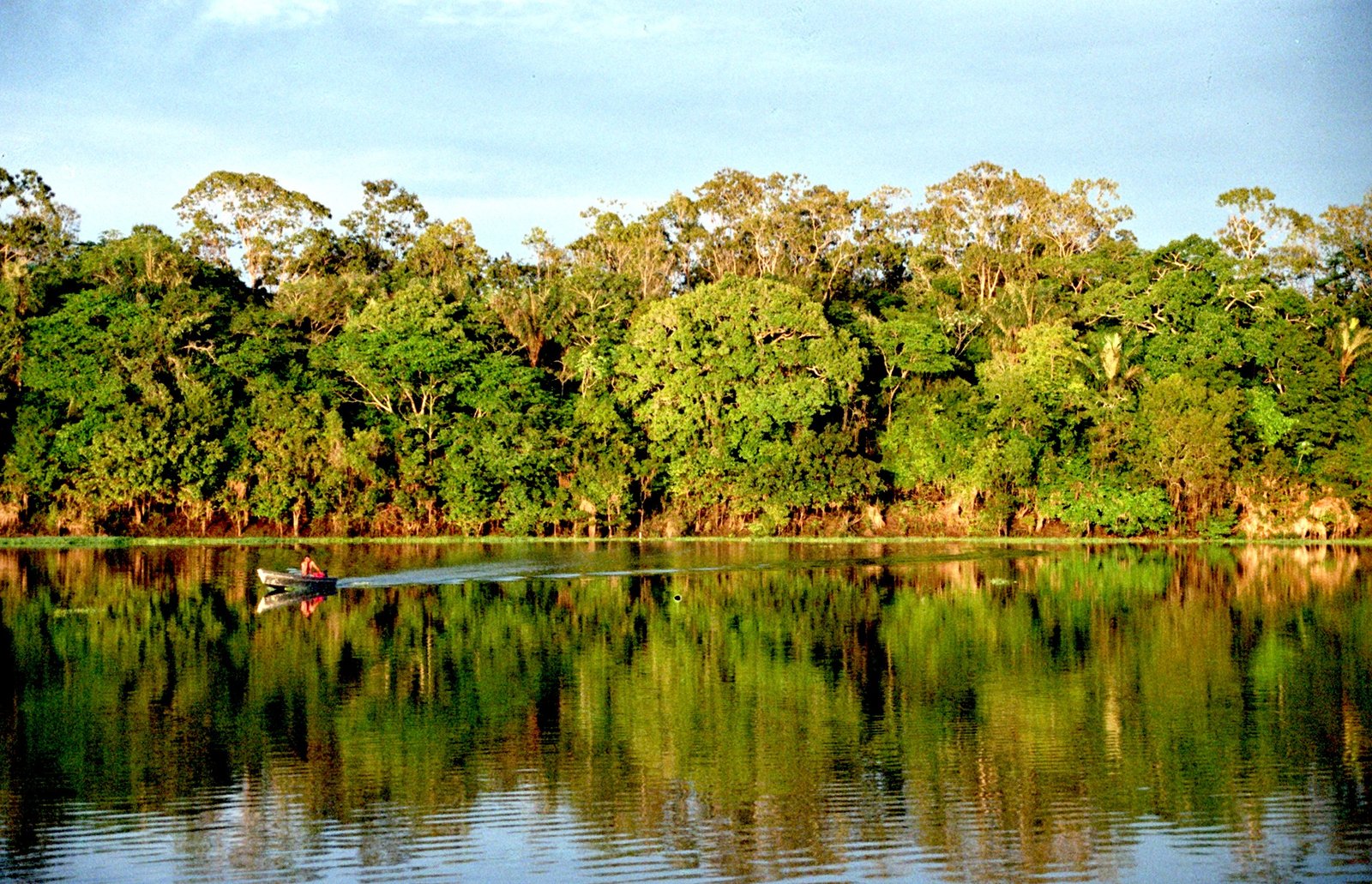The Amazon rainforest is often described as the “lungs of the Earth,” a place so rich with life that it feels almost mythical. But behind this beauty lies a harsher reality: every minute, vast stretches of ancient trees fall to the roar of chainsaws, their wood spirited away to become furniture, flooring, and luxury goods across the globe. The sound of a single tree crashing in the Amazon echoes far beyond its roots—it carries urgent questions about our values, the choices we make, and the future we’re carving for ourselves. Do we really need Amazon wood? Or are there better, smarter paths forward? Let’s dive deep into the tangled roots of this dilemma and uncover the truth, one branch at a time.
The Amazon Rainforest: A Global Treasure Under Siege
The Amazon rainforest is like a living, breathing mosaic, stretching over nine countries and housing a tenth of all known species on Earth. It’s no exaggeration to call it a treasure. Yet, it faces relentless pressure from industries hungry for its wood, often harvested illegally. Deforestation in the Amazon isn’t just a local issue—it’s a global emergency. Each tree lost chips away at a complex ecosystem that regulates the planet’s climate, stores billions of tons of carbon, and sustains indigenous cultures that have thrived for centuries. As bulldozers and chainsaws advance, the world risks losing not only the wood, but the very fabric of this irreplaceable wilderness.
Why Is Amazon Wood So Sought After?
Amazon wood is prized for its beauty, strength, and durability. Woods like mahogany, ipe, and jatoba have rich colors and tight grains that make them favorites for upscale furniture and exotic hardwood flooring. For many designers and builders, Amazon timber is the gold standard—coveted for its elegance and longevity. This reputation fuels a lucrative international market, with buyers often unaware of the forest’s hidden costs. The demand isn’t just about utility; it’s about status, luxury, and a perception that Amazon wood is simply “better.” But at what expense are these exotic woods brought into our homes?
The True Cost of Logging in the Amazon

Harvesting wood from the Amazon isn’t as simple as just cutting down a tree. It tears open the delicate web of life—disrupting habitats, endangering rare species, and destabilizing the climate. Scientists warn that “selective logging” often leads to more extensive deforestation because roads built for timber extraction give way to illegal land grabs, mining, and fires. The environmental bill is staggering: increased carbon emissions, soil erosion, and the collapse of local water cycles. Even the most carefully managed logging operations cannot fully replicate the intricate balance that centuries-old forests maintain.
Who Benefits from Amazon Wood?
It’s easy to imagine that local communities are the main beneficiaries of Amazon logging, but the reality is more tangled. Profits often flow to large corporations and international traders, not the indigenous peoples who have lived in harmony with the forest for generations. In some cases, illegal logging syndicates exploit legal loopholes and bribe officials, leaving local communities with little more than degraded land and broken promises. While some sustainable projects exist, they are frequently overshadowed by the sheer scale and speed of large-scale industrial operations.
The Role of Certification: Can We Trust “Sustainable” Amazon Wood?
You’ve probably seen labels like FSC or PEFC on wood products, promising that your purchase supports responsible forestry. While certification schemes are a step in the right direction, they’re not foolproof. Corruption, weak enforcement, and fraudulent documentation have plagued the industry. Some experts argue that “greenwashing” is rampant, and the chain of custody for Amazon wood is often murky at best. Consumers face a dizzying maze of claims, making it hard to know whether their choices truly support conservation—or simply maintain the status quo.
Alternatives to Amazon Wood: Exploring the Options
A world without Amazon wood might sound limiting at first, but alternatives abound. Fast-growing plantation species like eucalyptus and pine are increasingly used to produce high-quality timber with a fraction of the environmental footprint. Bamboo, technically a grass, is another rising star—strong, versatile, and renewable. Even reclaimed wood, salvaged from old buildings, offers a unique character while sparing forests. These options challenge the notion that beauty and sustainability are mutually exclusive.
The Rise of Engineered Wood Products

Technology has revolutionized the way we build and furnish our world. Engineered wood products such as cross-laminated timber (CLT), plywood, and MDF provide strength and flexibility, often outperforming solid hardwood. These materials are made from small-diameter trees, agricultural waste, or even recycled fibers. They’re engineered for stability, reducing warping and waste. As a result, engineered wood has become a favorite among architects and environmentalists alike, combining innovation with responsibility.
The Global Market: Where Does Amazon Wood Go?

The journey of Amazon wood doesn’t end in the jungle—it travels across oceans to markets in North America, Europe, and Asia. The United States and China are especially hungry for exotic hardwoods, turning them into luxury homes, musical instruments, and yacht decks. As global wealth rises, so does the appetite for rare woods, driving up prices and intensifying pressure on the forest. Meanwhile, regulations struggle to keep pace, and illegal shipments continue to slip through the cracks.
Indigenous Knowledge and Sustainable Forest Management
For thousands of years, indigenous peoples have managed the Amazon with wisdom and care, relying on traditional knowledge to harvest resources without destroying the land. Practices like selective harvesting, agroforestry, and rotational use preserve biodiversity and maintain ecosystem health. When empowered and given legal rights, these communities become some of the most effective guardians of the forest. Their voices and expertise are crucial in any conversation about the future of Amazon wood.
Legal and Illegal Logging: Drawing the Line
Not all logging in the Amazon is created equal. Legal operations, in theory, follow strict guidelines designed to minimize harm. Yet, the distinction between legal and illegal logging is often blurred by corruption and lax oversight. Illegal loggers exploit the chaos, cutting deeper into protected areas and smuggling wood under false permits. This shadowy trade undermines conservation efforts and robs local communities of revenue that could support sustainable development.
Consumer Choices: Power in Your Hands
As consumers, we hold surprising power over the fate of the Amazon. Every purchase is a vote for a certain kind of world. By choosing certified alternatives, recycled products, or simply buying less, we send a clear signal to the market. Companies take note of these shifts, adapting their sourcing and marketing to meet new expectations. In a globalized economy, even the smallest choices can ripple outwards, shaping industries and ecosystems alike.
Government Policies and International Agreements

The fight to protect the Amazon isn’t just happening on the forest floor—it’s also a battle of laws, treaties, and diplomacy. Governments set logging quotas, create protected reserves, and sign international agreements to curb illegal trade. However, enforcement remains a constant challenge, especially in the face of political and economic pressures. International cooperation is vital, since the Amazon’s fate affects the entire planet. Stronger policies and transparent enforcement are key to making real progress.
Economic Incentives for Conservation
Money talks—and it can speak for the trees, too. Innovative programs like payments for ecosystem services (PES) reward landowners for keeping forests intact, turning conservation into a profitable venture. Eco-tourism, sustainable harvesting of non-timber products, and carbon credits offer alternative revenue streams that don’t require clear-cutting. These incentives align economic interests with ecological stewardship, creating win-win scenarios for people and planet.
The Promise and Pitfalls of Reforestation

Planting new trees is often seen as a solution to deforestation, but it’s not a magic bullet. Reforestation projects vary widely in their effectiveness. Monoculture plantations can create “green deserts” that support little wildlife. True restoration means rebuilding complex, native forests—a slow and costly process. Yet, when done right, reforestation can heal damaged landscapes, store carbon, and provide sustainable livelihoods. The challenge is to move beyond numbers and focus on quality and diversity.
Climate Change: The Amazon’s Role in Our Future

The Amazon acts like a giant air conditioner for the planet, absorbing and storing vast amounts of carbon dioxide. When forests fall, this balance tips, accelerating climate change and making weather patterns more extreme. Scientists warn that the Amazon is nearing a “tipping point,” where continued loss could push it beyond recovery. Protecting these forests is not just about saving trees—it’s about safeguarding our own future against droughts, floods, and rising seas.
Shaping a New Relationship with Forests
Our relationship with the Amazon—and with forests everywhere—stands at a crossroads. Will we continue to treat them as endless resources to be mined, or as living partners in our shared survival? Rethinking our values, embracing innovation, and honoring indigenous wisdom can chart a path toward balance. Every choice matters, from the wood in our homes to the policies we support. The power is in our hands, and the stakes couldn’t be higher. What kind of world do you want to help build?



